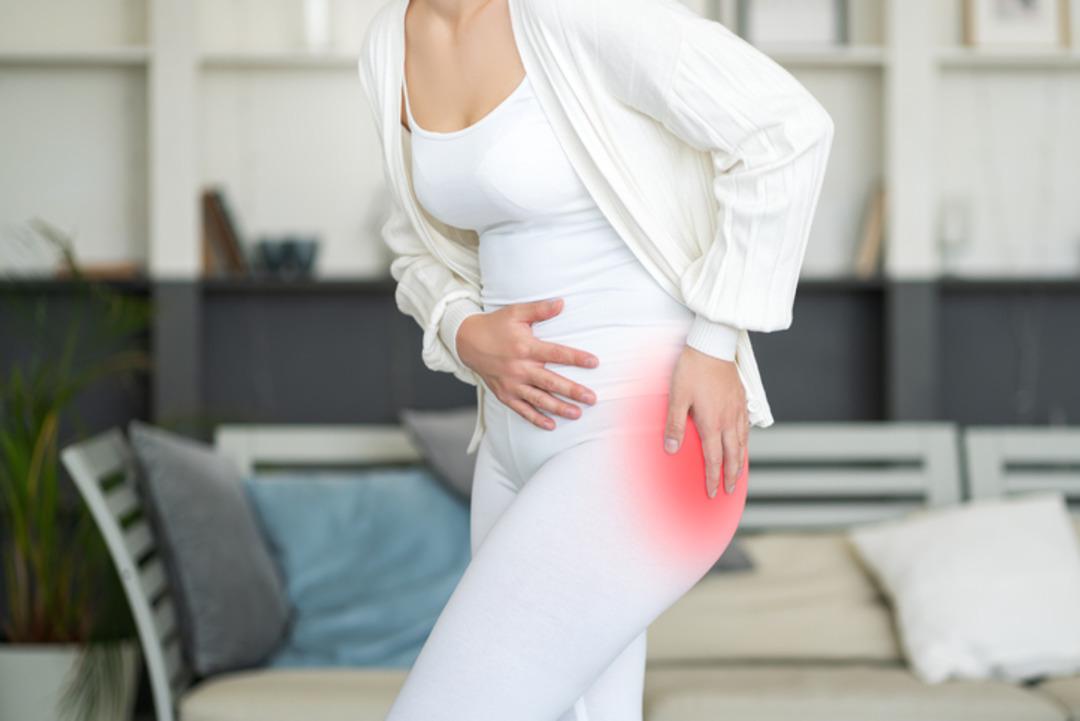Your daily life is at risk: Don't underestimate pain in this area! Don't mistake it for a lower back; it could be a dislocated hip! Those who sit for long periods of time should be careful.

The simplest movements of daily life, such as walking, sitting, climbing stairs, getting in and out of vehicles, and putting on socks, can be seriously affected by pain around the hips.
Orthopedics and Traumatology Specialist Dr. Lecturer Burak Çağrı Aksu stated that the movement limitation caused by this condition also has negative effects on the person's quality of life, adding, "Unfortunately, patients tend to ignore this condition, mistaking it for simple muscle fatigue."

“If the pain lasts longer than three months, wakes you up at night, or causes difficulty with simple movements like putting on socks or going down stairs, a specialist should definitely be consulted,” said Dr. Aksu, adding that the most critical step at this point is to prevent joint damage through early diagnosis.
PAY ATTENTION TO THESE SYMPTOMS!Dr. Aksu explained that the most common symptom of conditions like hip impingement syndrome, arthritis , and osteoarthritis is pain in the groin area. He continued, "Difficulty when sitting down, climbing stairs, putting on socks, or getting out of a car can be a sign of hip problems. If these symptoms appear, especially at a young age, it's essential to consult a specialist."
Dr. Lecturer Ü. Aksu stated that hip pain can occur at any age, depending on the underlying cause, and noted that hip joint problems increase significantly, especially after age 40. Dr. Lecturer Ü. Aksu continued: “Hip disorders can arise for various reasons, from infancy to advanced age. While hip joint problems, which often develop due to high physical activity in childhood, can manifest as groin pain , this condition should always be taken seriously in children, and a medical checkup should be scheduled. There is a significant increase in hip joint problems after age 40. Factors such as weakened cartilage and weakened muscle strength contribute to this increase.”

According to information provided by Dr. Lecturer Ü. Aksu, the frequency of hip pain varies by age and gender. Dr. Lecturer Ü. Aksu explained that 10-15 percent of adults experience hip pain at some point in their lives, and that this rate is more common in people over 40. He continued: “Sports injuries are particularly notable in young and middle-aged adults. Athletes who require repetitive hip movements, such as football, ballet, and ice hockey, are at risk. Furthermore, those who sit for long periods of time and lift heavy objects, such as office workers or construction workers, can also experience hip pain due to occupational strain. Due to decreased physical activity and increased obesity, the prevalence of hip arthritis and related pain has increased to 20-25 percent in people over 60.”
"IGNORANT PAIN CAN LEAD TO BIGGER PROBLEMS"Dr. Lecturer Ü. Aksu pointed out that hip pain that progresses over time can lead to limited movement, balance problems, and even problems related to overloading other joints. He continued: “Untreated hip problems not only cause physical problems but also negatively impact a person's life psychologically. Constant pain can lead to an inability to move independently and socialize as desired, leading to depression.”

"Early diagnosis and appropriate treatment for your hip health can be key to maintaining your quality of life," said Orthopedics and Traumatology Specialist Dr. Lecturer Ü. Aksu, who also offered the following warnings: "It's crucial for people experiencing hip pain to review their lifestyles before starting treatment. Essential steps in this process include avoiding overly strenuous activities, maintaining an ideal weight, exercising regularly, strengthening muscles, and seeking professional support when necessary."
(DHA) This content was published by Sedef Karatay
mynet




